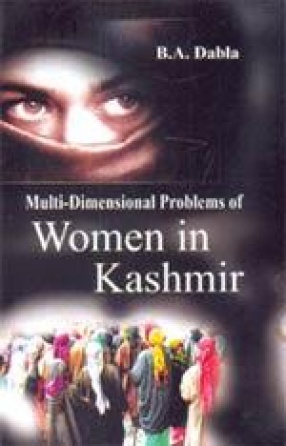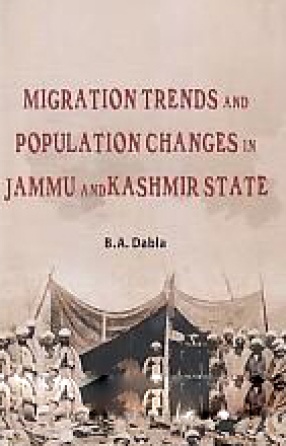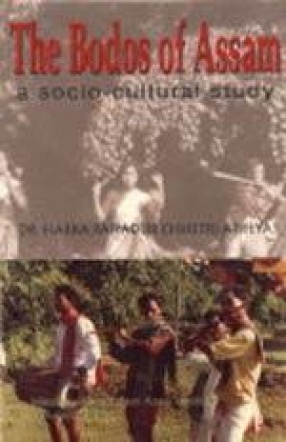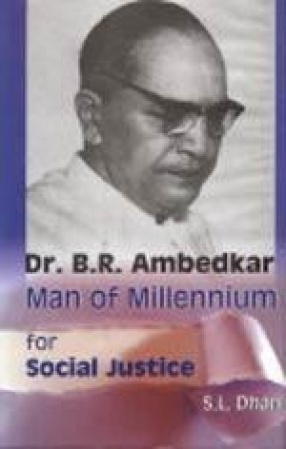The fact stands with a lot of empirical evidence that life conditions of women in the Kashmir valley started undergoing change from early decades of the 20th Century. In actuality, mass change among them started from early 1930s when the freedom movement started there. It was essentially in the context of that movement that they were provided equal rights which were enshrined in the Naya Kashmir Programme that guided ideologically all post-independence of the kashmiri women can be related to the initiation of the movement for pol8itical independence. After 1947, when the local leadership assumed political power in J&K state after a long period of alien political domination, successive governments attempted to improve the existing conditions of women. Many efforts in this direction were started. For example, free modern education from primary till university level, including professional and technical education, was provided to them in practice. But, at the same time, these and other welfare programmes were neither planned properly nor carried out with the degree of seriousness and commitment they deserved. Consequently, women in the state experiences partial change and recorded variant levels of development. This all gave rise to many problems for women in general. In the preceding situational context, the Kashmiri women in general faced many crucial problems in the fields of education, employment, health, hygiene, family, marriage, discrimination, exploitation, harassment, culture and so on. Due to these factors, the problems of women could not be solved wholly but were expanded and intensified when they started working outside their homes on regular and remunerative bases. Following this, the processes of emancipation of women in the valley were restrained during the past 15 years of militancy. It follows that the Kashmiri women in the entire post-independence period progressed in some development-related fields, but, at the same time, faced serious degenerative problems in the last two decades. Keeping in view these women-related developments in Kashmir, the empirical studies of this book were carried out in last 8 years in the sociological framework to develop scientific understanding and to generate statistical data about the existing problems of women in the valley. While the first part composes a detailed study of multi-farious current problems of women, the third part deals with the study of women’s problems who are working in the unorganized sectors/field of the handicrafts in valley. The second part presents three micro-level studies of women working in some traditional occupations and modern professions.
Migration Trends and Population Changes in Jammu and Kashmir State
The book is concerned with ...
$39.60
$44.00






There are no reviews yet.